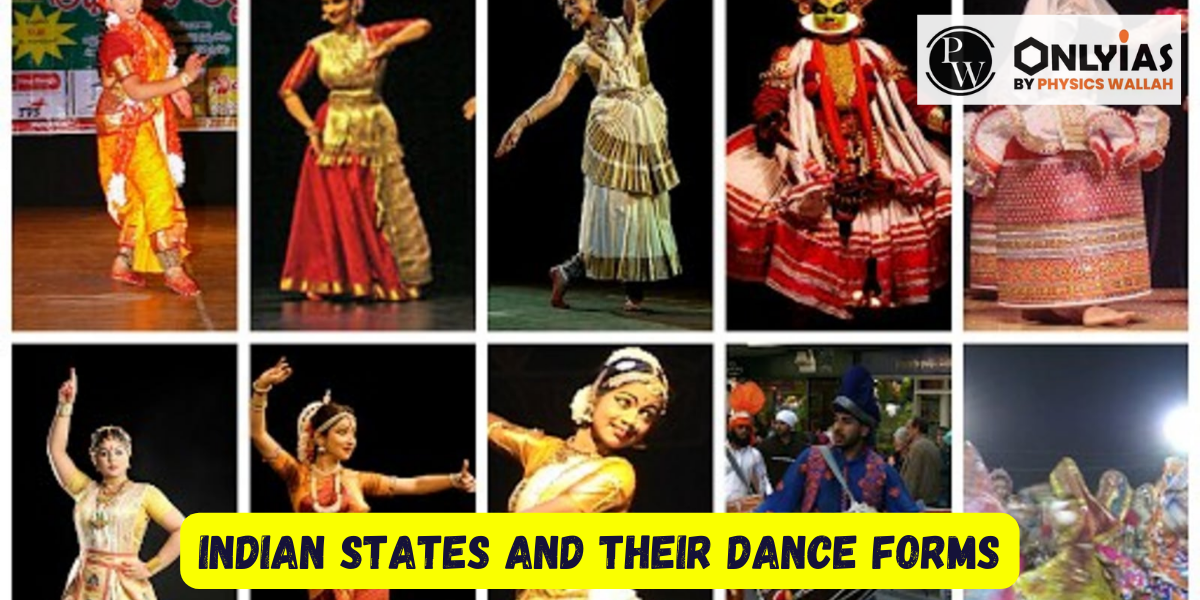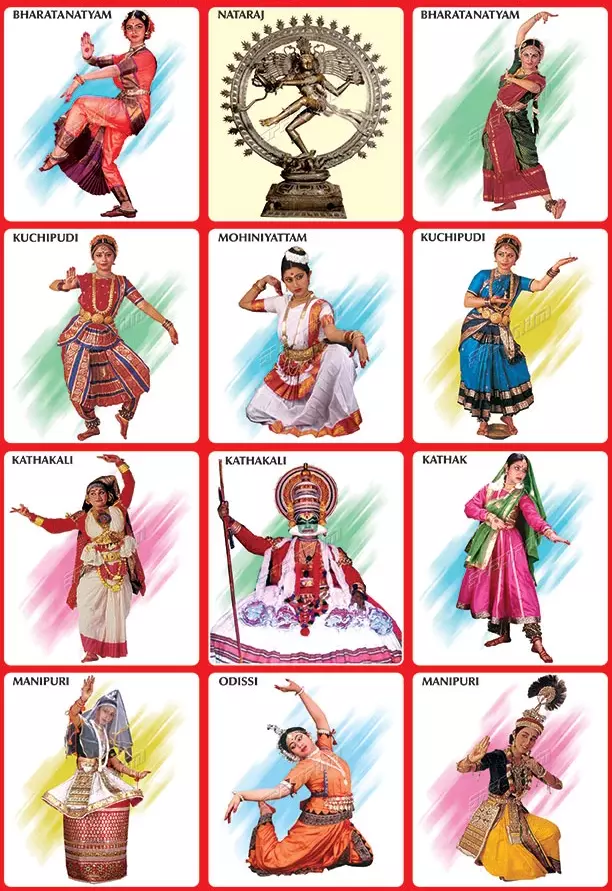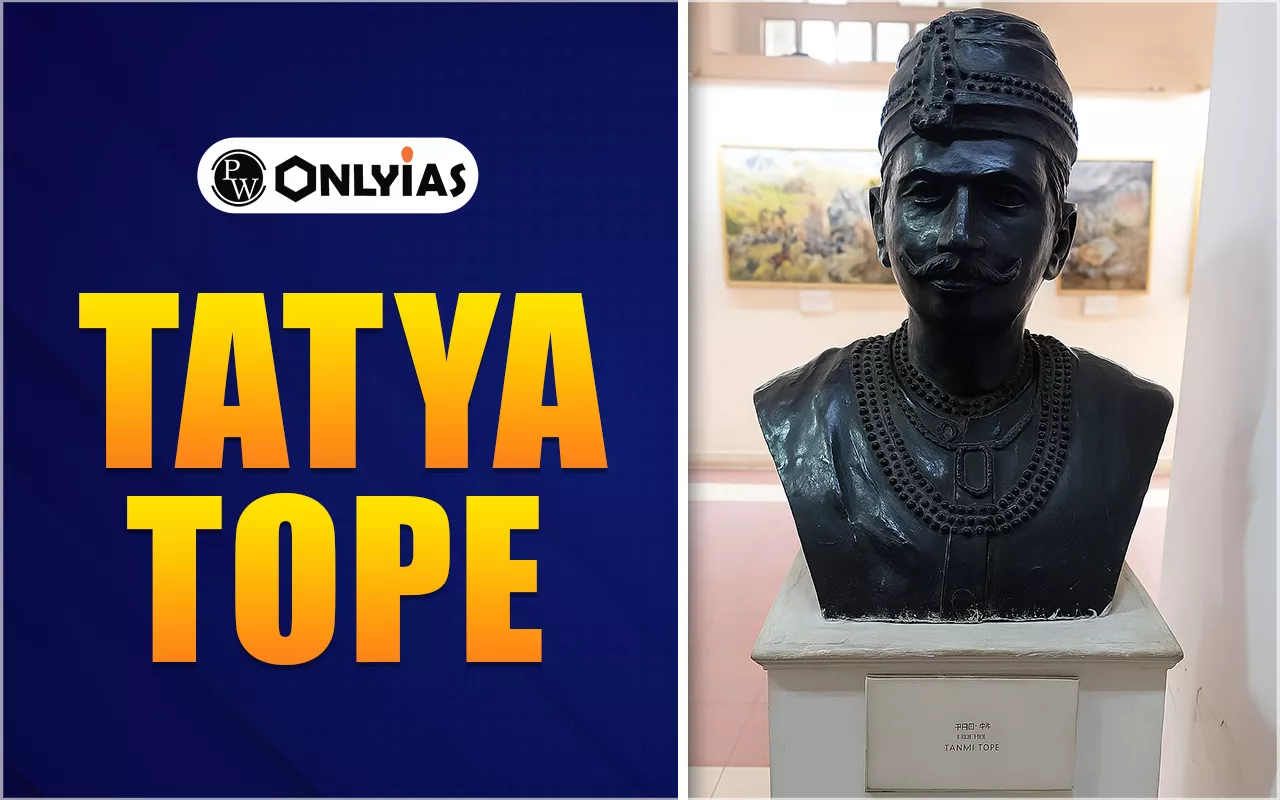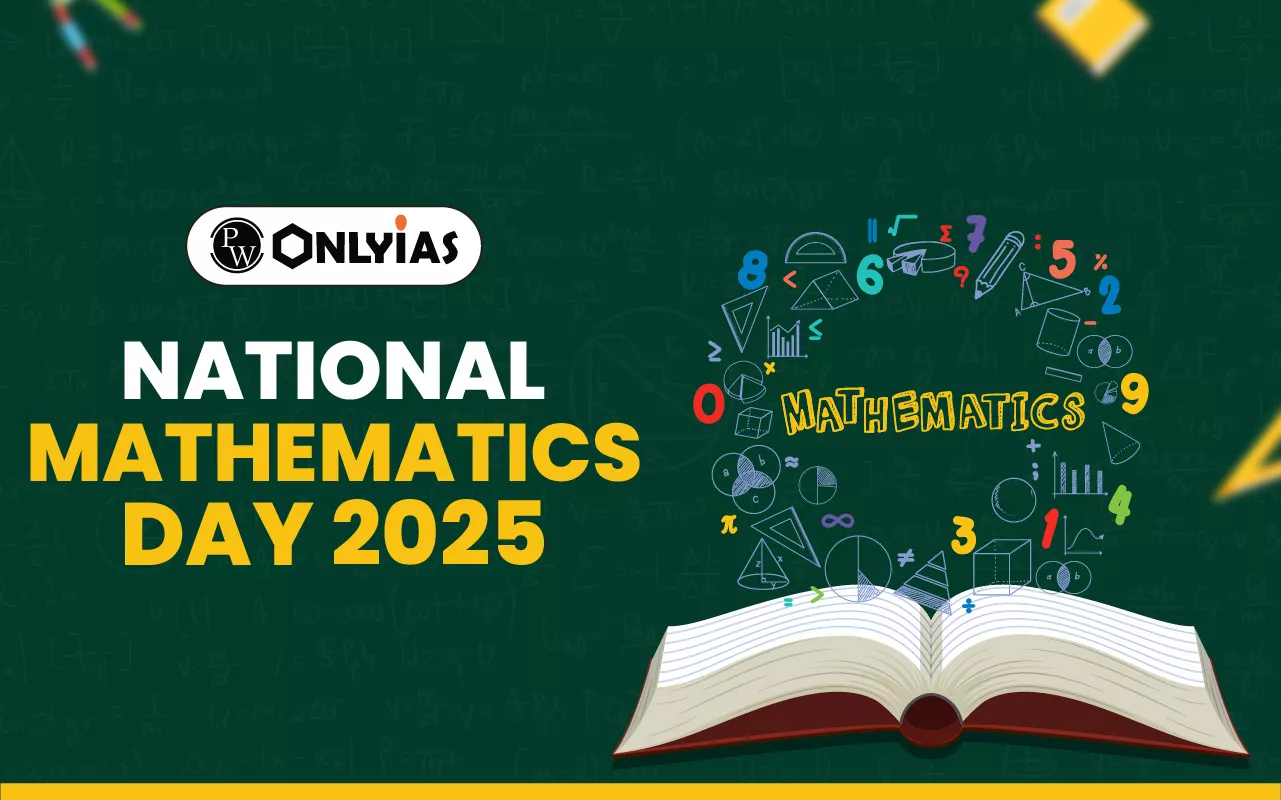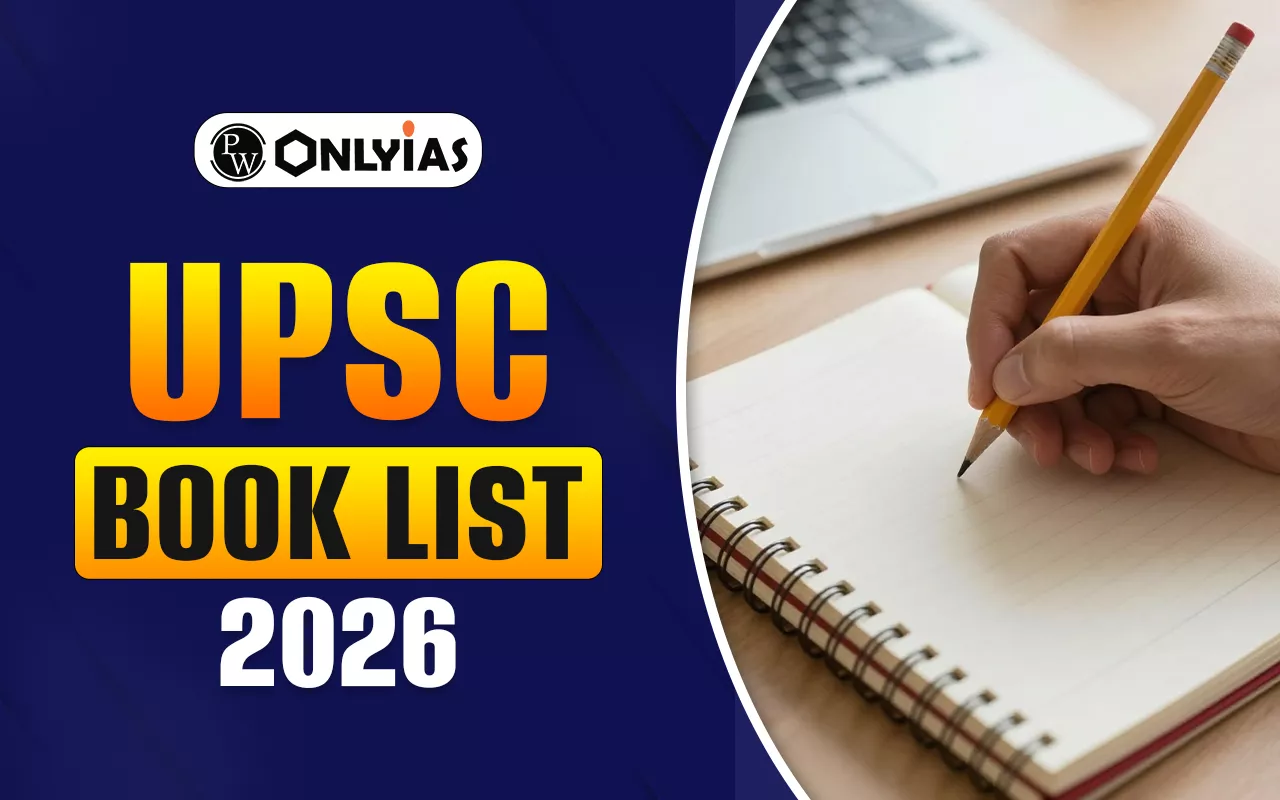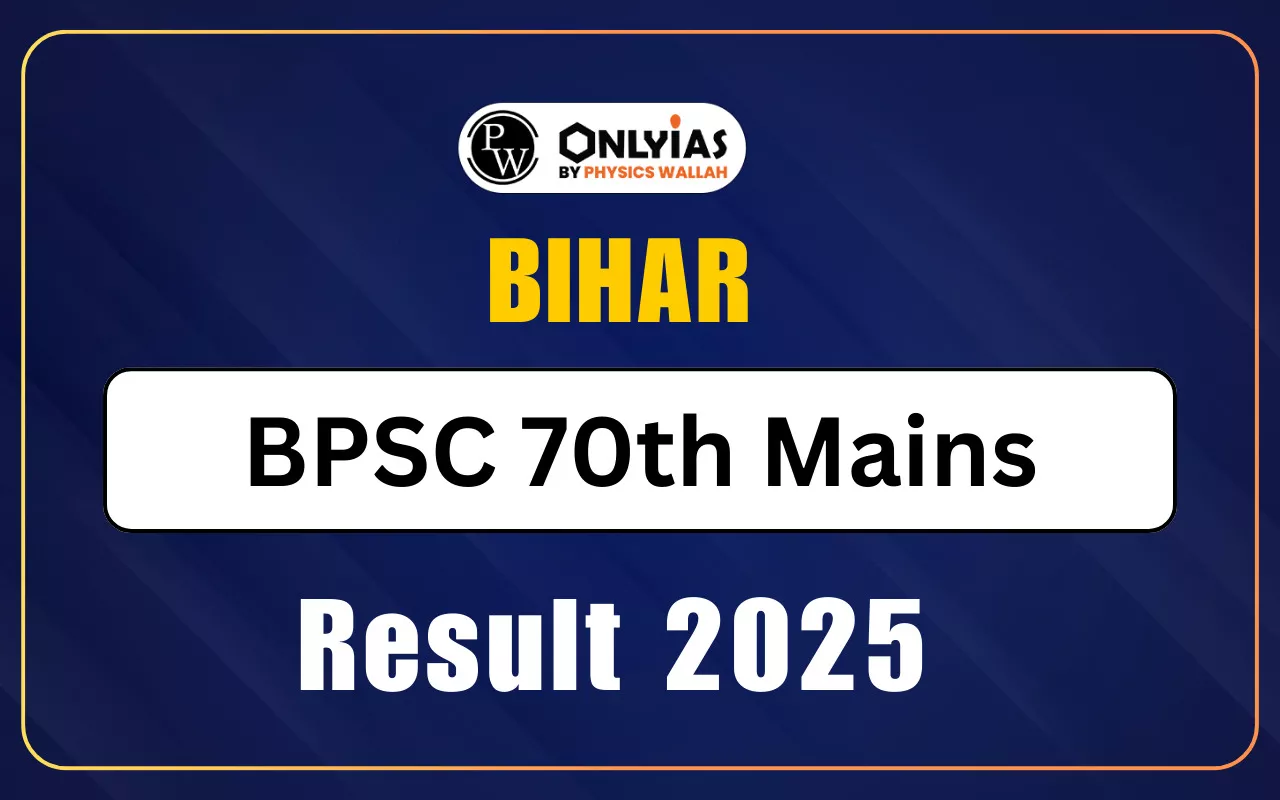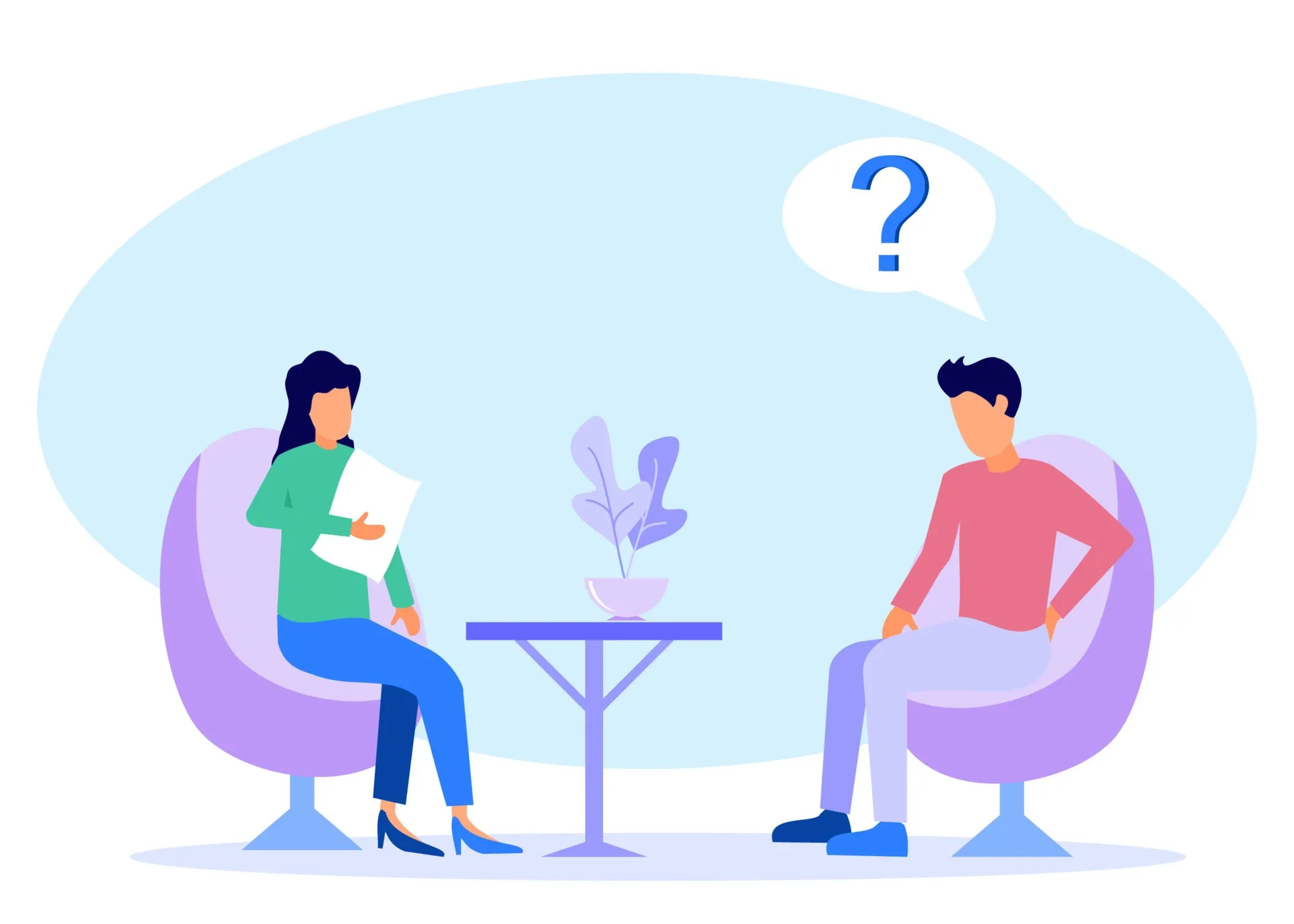Classical and Folk Dances are India’s two main traditional dance forms, differing in origin and style. Classical Dance is rooted in the Natya Shastra, known for its technical precision and formal training in temples and royal courts. Folk Dance, on the other hand, reflects the lives of common people, celebrating festivals and traditions with simplicity and joy. Here is the list of points for Folk Dance vs Classical Dance given below:

 GS Foundation
GS Foundation Optional Course
Optional Course Combo Courses
Combo Courses Degree Program
Degree Program





